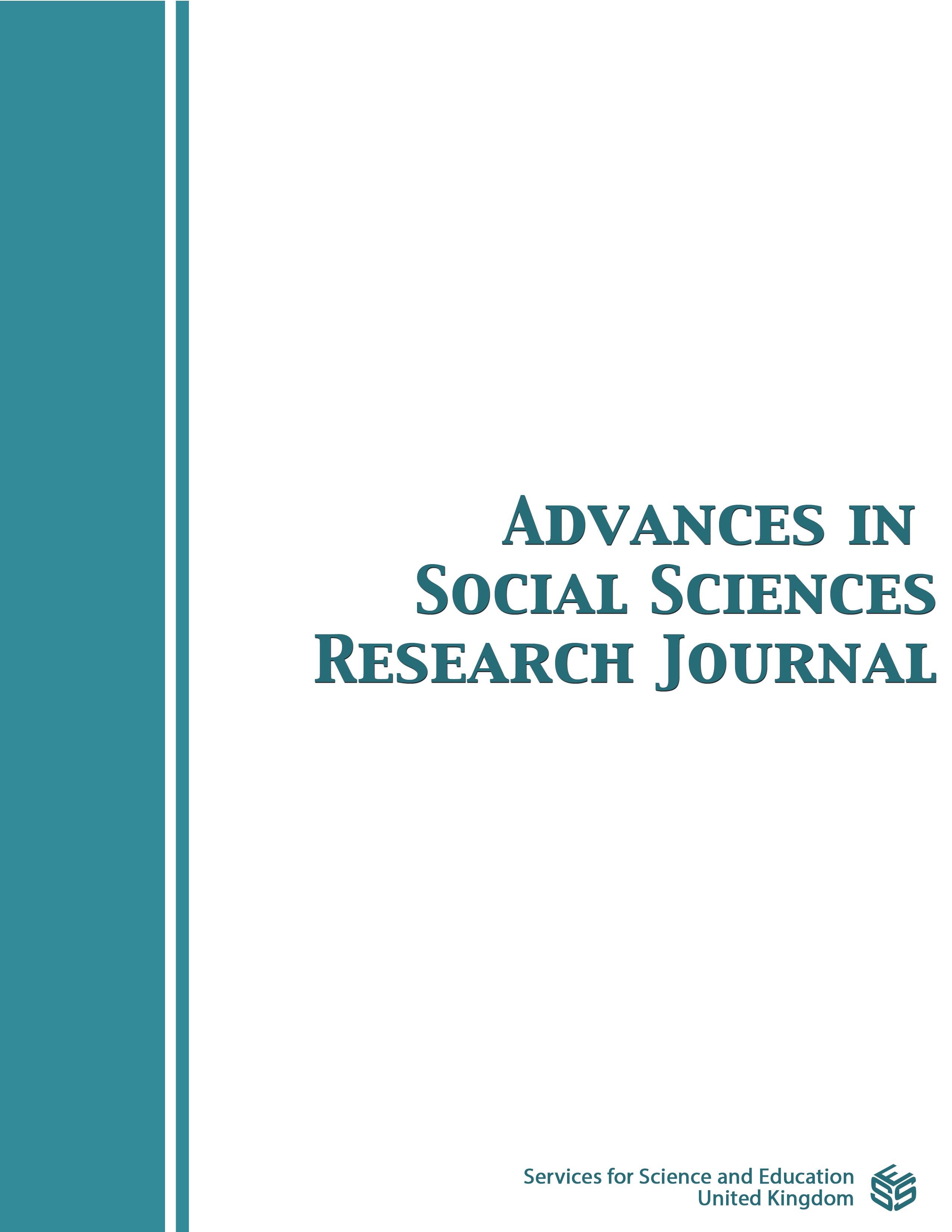Rationalizing the Mathematics Requirements for a Master of Biostatistics Program: A Case Study and Commentary
DOI:
https://doi.org/10.14738/assrj.118.16706Keywords:
Biostatistics, curriculum review, mathematics requirements, STEM pipelineAbstract
Within a 2-year Master of Biostatistics program, we reconsidered the mathematics requirements for admission, and also the premise that the most distinguishing feature of a top candidate is deep exposure to mathematics. Our assessment took place within a broad curriculum review intended to enhance alignment: aligning programmatic goals with job skills, aligning the use of mathematics within our curriculum with programmatic goals, aligning our admission criteria with our curriculum, and aligning our application materials with these admission criteria. We developed a specific list of mathematical skills required by the curriculum, and are revising the application materials to include self-report on applicant's exposure to and functional mastery of those skills. We illustrate how functional mastery is operationally defined. Our criteria for identifying top candidates was broadened to include those with especial skills in analytics, biology and/or communication (i.e., the three conceptual pillars of our program). Deep mathematical training is one of many ways to become a top candidate. Within STEM fields such as biostatistics, and despite the commonly held assumption that admission criteria should emphasize depth of mathematical training, a systematic analysis suggests that this assumption imposes a gratuitous requirement on applicants. Reconsidering this assumption can help remove unnecessary barriers, reduce challenges, and support success for aspiring or emerging biostatisticians from diverse or multifaceted backgrounds. It is one way to contribute to a more inclusive and equitable learning environment in our STEM discipline. We believe similar programs might benefit from performing this type of analysis and reflection.
Downloads
Published
How to Cite
Issue
Section
License
Copyright (c) 2024 Jesse Troy, Steven Grambow, Megan Neely, Gian-Maria Pomann, Clemontina Davenport, Marissa Ashner, Greg Samsa

This work is licensed under a Creative Commons Attribution 4.0 International License.
Authors wishing to include figures, tables, or text passages that have already been published elsewhere are required to obtain permission from the copyright owner(s) for both the print and online format and to include evidence that such permission has been granted when submitting their papers. Any material received without such evidence will be assumed to originate from the authors.






